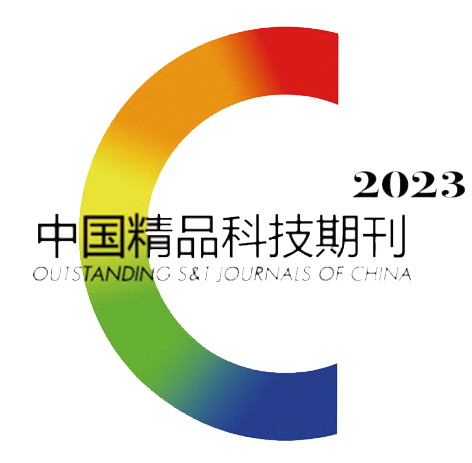Effects of Sealed Yellowing on Aroma Characteristic and Key Aroma Compounds of Yellow Tea
-
Abstract
To illustrate effects of sealed yellowing on the aroma quality of tea samples, sensory evaluation, headspace solid-phase microextraction combined with gas chromatography-mass spectrometry and multivariate statistical analysis were used to study the aroma characteristics and volatile compounds of yellow teas (with sealed yellowing) and control samples (without sealed yellowing) manufactured from three tea varieties. The result showed that yellow teas had sweet flavor compared with control samples. Meanwhile, the total content of volatile components in the yellow tea was 1.09~1.44 times that of the control sample, and the proportion of alcohols and hydrocarbons accounted for 65.88%~76.93%. The result of principal component analysis and hierarchical cluster analysis of volatile compounds indicated that the composition of compounds reflected the difference of aroma characteristics, and then 35 characteristic aroma compounds were screened (P<0.01). Furthermore, orthogonal partial least squares discriminant analysis identified 14 key aroma compounds affected by sealed yellowing (VIP≥1). Among them, the contents of α-terpineol, linalool, γ-terpinene, limonene, terpinene, methyl phenylacetate, 2,2,6-trimethylcycloheptane, 4-oxoisophorone and o-cymene, with floral, fruity and sweet aroma, were significantly higher in yellow teas than in control samples. These compounds were considered to be responsible for the sweet aroma characteristic of yellow tea.
-

-





 DownLoad:
DownLoad: